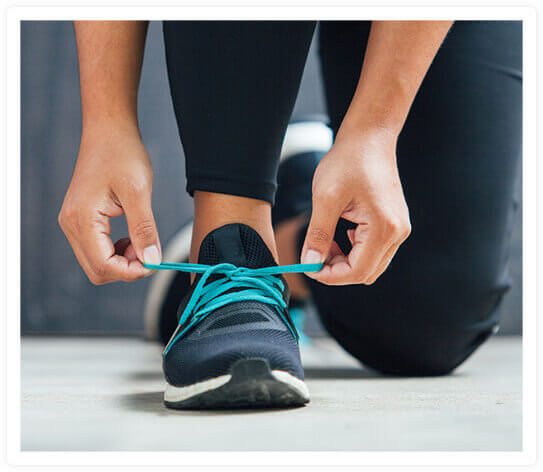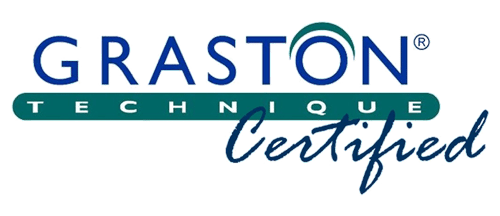Morton's Neuroma
Introduction
Morton’s Neuroma is a painful foot condition. It occurs when a nerve near the toes becomes compressed and inflamed. If diagnosed early, most cases of Morton’s Neuroma can be treated without surgery. However, surgery for the condition has a high success rate.
Anatomy
Causes
Symptoms
Morton’s Neuroma can cause sharp pain, tingling, numbness, stinging, and burning between the third and fourth toes and the ball of the foot. It may feel as if a lump is inside the ball of your foot or that you have stepped on a bump. Your symptoms may be worse when you stand, walk, or put weight on your foot. Symptoms typically start gradually, come and go, and become worse over time.
Diagnosis
Surgery
Treatment
Recovery
Prevention

Copyright © - iHealthSpot Interactive - www.iHealthSpot.com
This information is intended for educational and informational purposes only. It should not be used in place of an individual consultation or examination or replace the advice of your health care professional and should not be relied upon to determine diagnosis or course of treatment.
The iHealthSpot patient education library was written collaboratively by the iHealthSpot editorial team which includes Senior Medical Authors Dr. Mary Car-Blanchard, OTD/OTR/L and Valerie K. Clark, and the following editorial advisors: Steve Meadows, MD, Ernie F. Soto, DDS, Ronald J. Glatzer, MD, Jonathan Rosenberg, MD, Christopher M. Nolte, MD, David Applebaum, MD, Jonathan M. Tarrash, MD, and Paula Soto, RN/BSN. This content complies with the HONcode standard for trustworthy health information. The library commenced development on September 1, 2005 with the latest update/addition on February 16, 2022. For information on iHealthSpot’s other services including medical website design, visit www.iHealthSpot.com.






